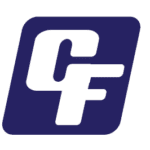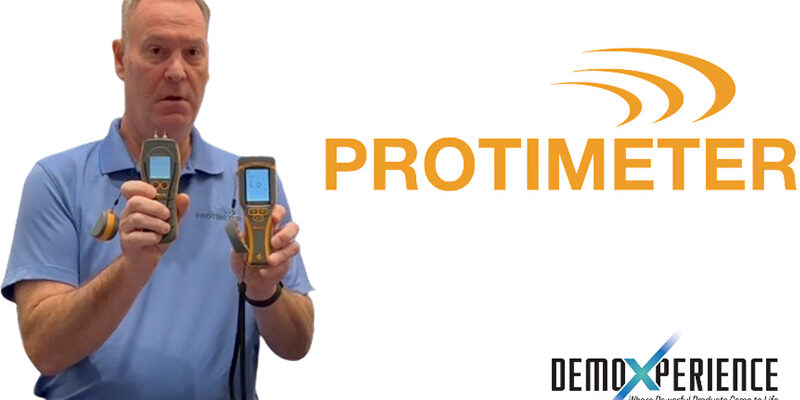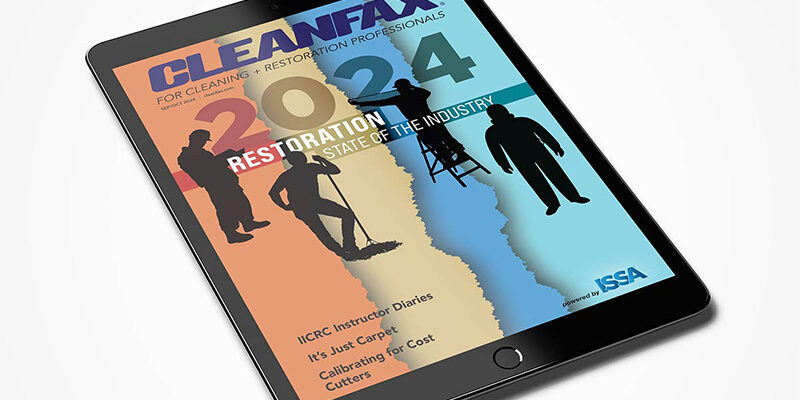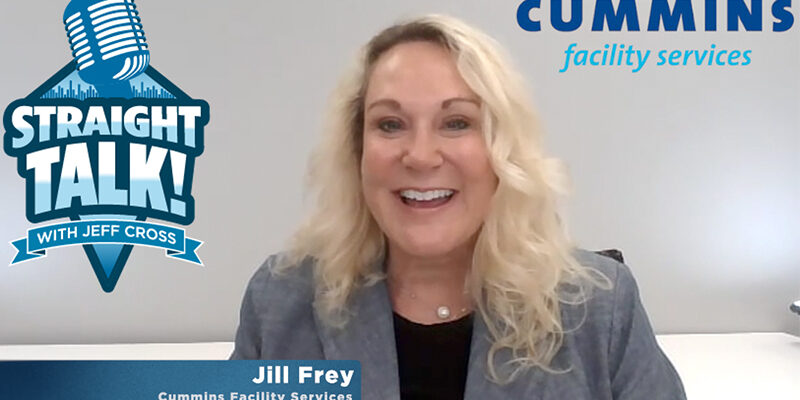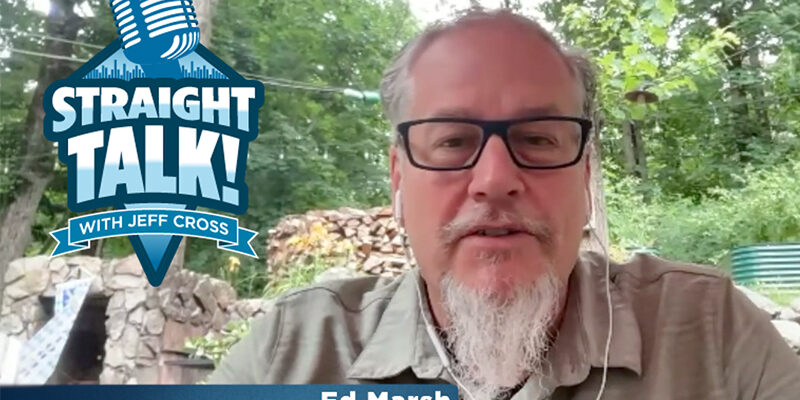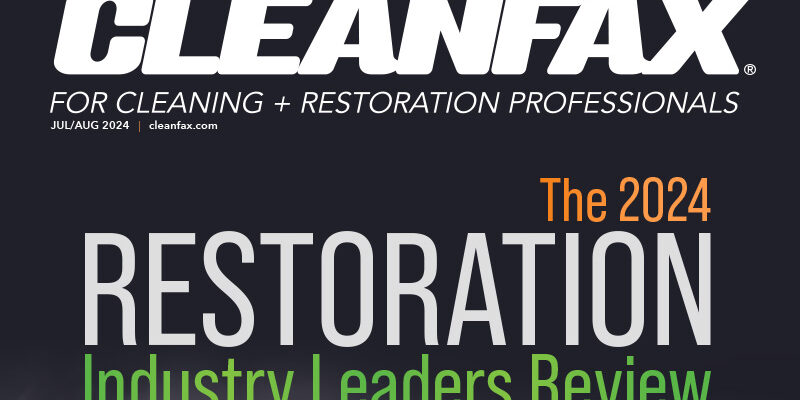Restorative Drying in the Modern Age
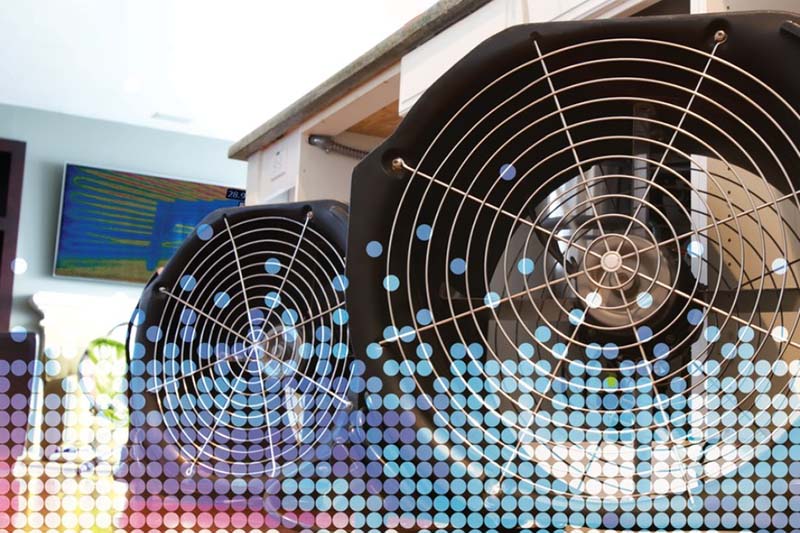
By Amanda Hosey
While many of the same old problems face restoration companies today — maintaining qualified teams, insurance filing issues, adjuster relationships, pricing models, etc. — there are major advancements in equipment that are shaping today’s work and will continue to in the future.
Equipment
Drying equipment is growing smaller and more efficient while simultaneously gaining precision and becoming easier to use.
“Manufacturers are engineering air movers for low amps and high velocity (not high cfm) to focus air directly on wet surfaces,” says IICRC and Restoration Sciences Academy instructor David Oakes. “Dehumidifiers are now being designed for a maximum efficiency in the 80/30 percent relative humidity range, where most of the time is spent drying, not for the AHAM standard of 80/60 percent.”
These new advancements help speed drying times, in turn, increasing revenue. Oakes adds, “Contractors should consider updating and replacing any dehumidifier that is six years old or older. LGRs of the older generations are simply not efficient enough to get the low relative humidity necessary for rapid drying.”
Heat
In recent years, heat in restorative drying has taken the industry by storm with its ability to decrease drying times in a world often controlled by insurance company time tables.
According to IICRC and Restoration Sciences Academy instructor Richard Driscoll, the use of heat and inter-air-drying systems for floor and wall drying is the most important drying innovation that restorers should be taking more advantage of. At the same time, he cautions restoration professionals and points to the need for proper training on heat drying before technicians use the technology.
“Technicians can go overboard with too much heat,” Driscoll says. “In class, I have had numerous students tell me the way to dry a bathroom is to install a dehumidifier, close the door, and ‘cook it,’ apparently not realizing most dehumidifiers do not work above 90-95 degrees Fahrenheit. This means, while the room is ‘cooked’ and the increased temperature has aided in increasing the vapor pressure on the surfaces, thus moving moisture out of the surfaces, with no dehumidification occurring (because of high temperatures), the moisture in the air goes nowhere.”
Without the right education on drying advancements, new tools could be costing you money rather than improving revenue.
Connectivity
Arguably the most exciting advancement currently affecting drying professionals is the arrival of IOT (Internet of Things) and the connecting of devices that comes with it.
“The advent and growth of technology integration in equipment, documentation, and related instruments and tools has been the single most important advancement in recent years,” according to Next Gear Solutions Vice President of Technical Application Brandon Burton.
The ability to receive drying data from off site and adjust is just short of miraculous to busy restoration professionals.
Driscoll adds, “When we add sensors that can provide information on a drying job and then tie this to dehumidifiers and air movers, the complete drying job could be modified ‘on the fly’ as the sensors and monitors could change speeds of air movers and change the airflow through dehumidifiers so that they all work at the optimum levels.”
Many reluctant to adapt to the increasingly connected world may hope for this connected equipment to fall by the wayside, but let’s be honest; it’s here to stay.
“The digital and connected movement in the restoration industry is rapidly growing and will soon become the norm — it is critical to begin adopting it today to ensure you are not left in the dark,” Burton says. “It amazes me how many in our industry have not fully embraced the digital age and continue to go through the motions with pen and paper, often documenting a substantial amount of information that is never really used to make meaningful determinations about the project because it is simply too difficult to review pages of hand-written notes and data.”
Oaks reminds us to be mindful with this new technology, though, just like any technology evolving quickly.
He says, “The use of technology with tablet and smart phone apps for documentation is where the industry is headed. Unfortunately, some of these systems seem to place restrictions on the amount of equipment based on arbitrary formulas, not based on performance and job conditions, so we should proceed with caution.”
But the addition of new ways to connect equipment is unlikely to stop any time soon, so it’s important to stay up to date on these new connected devices.
“Equipment is becoming smarter; our documentation tools are becoming smarter. Soon they will be capable of directly communicating with one another,” Burton says. “This will continue to be our industry’s most critical area of continued innovation with the promise of simplifying and systematizing industry standard compliance while improving the quality and speed of field reporting and data collection.”
One thing we can see from all these advancements is that work in restorative drying is getting easier and more intuitive for those venturing into new equipment and methods. More importantly, improvements to the industry will only continue to emerge, especially as IOT technology becomes more ingrained, so stay on top of updates and additions and be ready to adapt to the changes.
Amanda Hosey is the managing editor of Cleanfax. She has worked as an editor and writer for more than six years, including four years with Cleanfax. Reach her at [email protected].

